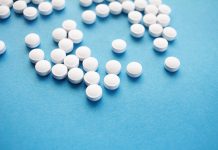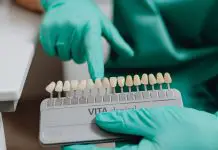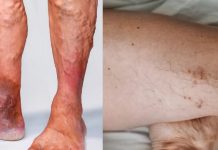Overview, Causes, & Risk Factors
Attention deficit disorder, which is also called ADD, is a disorder in which aperson shows a certain pattern of behavior over time. This pattern includesinattention and impulsivity. Attentiondeficit hyperactivity disorder, or ADHD, adds hyperactivity to theother behaviors.
What is going on in the body?
In people who have ADD, the brain areas that control attention useless glucose than the brains of other people use. This indicates that the areasare less active. The lower activity level seems to cause inattention. No oneknows for sure why these brain areas are less active.
What are the causes and risks of the condition?
No one knows the exact cause of ADD. Most experts believe that thefollowing factors may play a role in causing ADD and ADHD:
ADD is thought to affect 5% to 10% of school-age children. Boysare 10 times more likely than girls to be affected by ADD.
Symptoms & Signs
What are the signs and symptoms of the condition?
People who have ADD show signs of inattention, including thefollowing:
Someone who has ADHD may also show signs of impulsivity andhyperactivity, such as:
Diagnosis & Tests
How is the condition diagnosed?
Diagnosis of ADD and ADHD begins with a medical history andphysical exam. The healthcare provider will look for behaviors that are typicalof ADD. In order to diagnose ADD, the provider must determine that thebehaviors have the following characteristics:
The healthcare provider may order some of the followingtests to rule out other disorders:
Prevention & Expectations
What can be done to prevent the condition?
Many times, ADD and ADHD cannot be prevented. However, thesemeasures may be helpful:
What are the long-term effects of the condition?
Without effective treatment, ADD and ADHD can cause seriousproblems at school, home, work, and in social settings.
What are the risks to others?
ADD is not contagious and poses no risk to others. There may be agenetic component to the disorder.
Treatment & Monitoring
What are the treatments for the condition?
Treatment for ADHD usually involves medicine along with one ormore other strategies. The most common medicine for ADHD is a stimulant calledmethylphenidate. This medicine is known as Ritalin, Concerta, or Metadate.Other medicines used to treat ADHD include the following:
Medicines are often used together with other treatment strategies,such as:
What are the side effects of the treatments?
Side effects from medicine can include the following:
A person who is receiving any form of therapy may show an initial increase innegative behavior. This may last until new behaviors become routine.
What happens after treatment for the condition?
Treatment and monitoring of ADD and ADHD are lifelong.
How is the condition monitored?
Any new or worsening symptoms should be reported to the healthcareprovider.
Article type: xmedgeneral














































